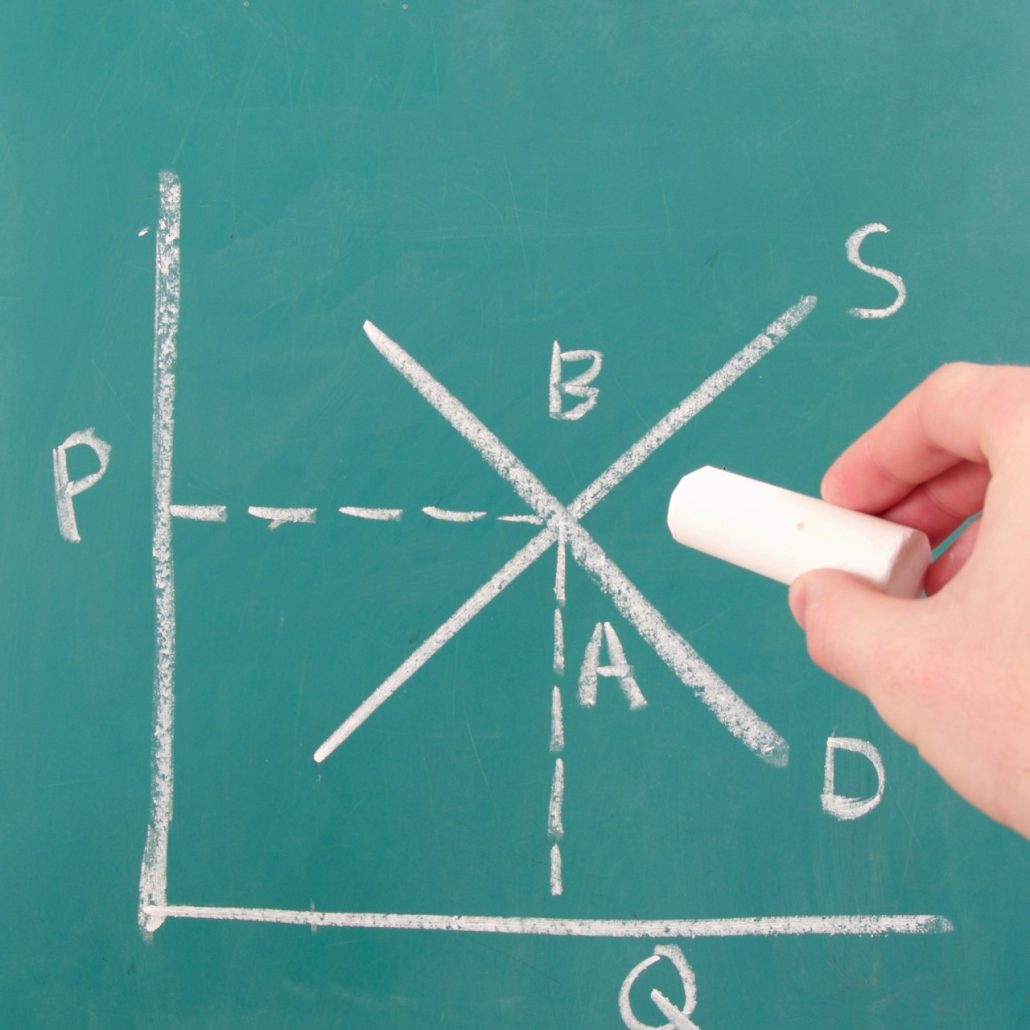Price Elasticity of Demand Simple Definition and Direct Examples
Demand is affected by many aspects, top among them changes in price of the commodity. When price changes without particular expansion of the economy and subsequent increase in income, effects may be witnessed on the demand of some commodities.
I used “ may” and “some” since different products will have different elasticities, depending on some factors on the nature of the product like urgency and availability of substitutes.
What is Price Elasticity of Demand?
We all know that changes in price will have an impact on demand. However, the question economists sought answers for was “to what extent”.
Price elasticity of demand measures the extent of demand changes to changes in price over time. An increase in price by the rule of thumb is expected to take demand along the negative trajectory.
Price elasticity of demand illustrates how much the reduction will be. Similarly, the elasticity can be measured on increase in demand following a reduction of prices. The latter is, however, not dwelled upon much.

Formula
Price elasticity of demand is expressed in the formula below:
Price elasticity of demand = % change in demand of the commodity ÷ % change in price
Example
This happens in a computer hardware outlet. The computer outlet sells a variety of computer accessories, but our main concern is the laptops sold there, and the brand is Lenovo.
Due to the recent international differences between the US and China, importation of Lenovo laptops or their spares from China into the country has become exorbitantly expensive. For a single laptop worth $850, the US customs duty is now charging $250 from the $100 it used to charge before.
The tariffs have now been reflected on the price of laptops at the street outlets and online e-commerce platforms. The shop in question is situated in downtown Chicago, and also operates all over the country via its e-commerce platform.
Last month before the new tariffs came into play, the Lenovo ThinkPad went for $950. The sales during that month, just like in months before, were at 100 units per day, and subsequently 3000 units per month. However, after the tariffs were introduced and importation became more expensive, the laptops were now sold at $1100. The sales across the month have averaged at 65 units per day.
Lets calculate the price elasticity of demand for Lenovo:
%change in demand = (65-100) ÷ 100 = -35%
%change in price = (1100-950) ÷ 950 = 15%
Formula: Price elasticity of demand = % change in demand of the commodity ÷ % change in price
= -35% ÷ 15%
Price elasticity of demand = 2.3
There are categories to classify this and other elasticities exhibited by different commodities:
Types of Elasticity
- Infinity elasticity is the reduction of demand to zero levels, such that the resultant elasticity value is infinite. This kind of elasticity implies that demand of the particular commodity is heavily impacted by the slightest change in price.
- Elastic (greater than 1) is where the result of changes in demand are a significant change in price of a commodity. The resulting elasticity value is greater than one, such as in the example above where elasticity is at 2.3. Demand is expected to reduce significantly upon the increase in price of the commodity. However, demand in this case will never get to zero.
- Unitary elasticity – change in price causes a similar and equal change in demand. In the calculations, the denominator and numerator are all of the same value. For instance, in our example, upon the change in price by 15% to $1100, demand would have also changed by the same value (15%) to 85 units per day, so as to arrive at a unitary elasticity of demand.
- Inelastic elasticity is where any changes in price of the commodity result in insignificant changes in demand. In inelastic demand, division between changes in price and in demand result in values that are less than 1 but greater than zero. These are perfect inelastic products, a delight for any marketing initiative. We will later look at the characteristics of inelastic products with regards to marketing etcetera.
- Perfectly inelastic are cases where any extent of changes in price do not yield any changes in demand of the commodity. The numerator is therefore zero, and the resultant value is also zero. This is also a delight for marketers.
Factors of Elasticity
The following are the qualities of perfectly elastic and perfectly inelastic commodities:
1. Availability of substitutes
Factors of elasticity are basically the factors that affect changes in demand, one of them being the availability of substitutes as alternatives to the commodity in question. Existing substitutes with high similarity in utility and preference are only separated by price differences.
Consumers are known to be very swift to move between commodities, and a change in price of the said commodity would accentuate that movement. Commodities that are alike include butter and margarine, sandals, and household items like brooms.
Technology has allowed for unique differentiation of particular products, but at the same time there are no limits to mimicking any technology.
Urgency
Some products are only in demand because they are affordable, not because they have so much priority in the order of wants. Secondary products have reduced urgency in the order of wants, and have high susceptibility to elasticity in demand upon slight change in the price of the commodities. These commodities are also known as discretionary products, and include electronics, luxuries, apparel, and investing assets.
Low discretionary products, on the other hand, are commodities that one can almost not live without, and their demand rarely moves even in powerful price turbulence. These are primary commodities that are essential to daily living, such as tissue paper, water, electricity, and staple food.
Importance of Elasticity in Demand of Prices: Marketing, Pricing Strategies
The decision to make a product less discretionary or without substitutes requires meticulous strategies, and may not be autonomously controlled by the producer (or marketer). Understanding the elasticity of demand is key in branding a product and selling it out to particular sections of the population.
As much as some products may be non-urgent and at the same time expensive, they maintain an inelastic nature of demand as the commodity is produced for a target buyer. Take Rolex for instance. Changes in price may not concern the select population which buys the commodity.
A seller or marketer making decisions to change the price of their commodities should begin by asking the question – how elastic is this product’s demand? If the commodity’s demand has high elasticity, then it would not be the best move to adjust prices to the upper end in noticeable margins .
Conversely, if the price has lower demand elasticity, marketing strategies may not be affected by accompanying changes in prices of the commodities.
Needs help with similar assignment?
We are available 24x7 to deliver the best services and assignment ready within 3-4 hours? Order a custom-written, plagiarism-free paper












